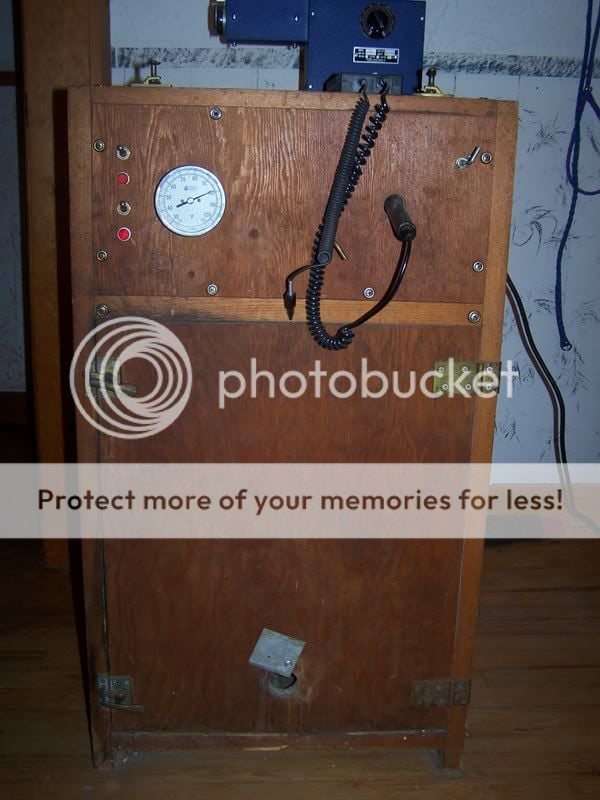Just for reference, the incubator below is the original GQF 1202 that is made of pure plywood. I'm holding at 99.5 degrees, and 50-55% humidity. The outside looks like it once had a coat of polyurethane on it, but the inside looks like it was simply painted.



